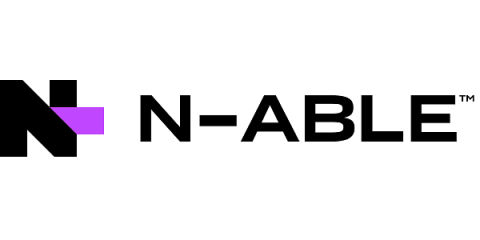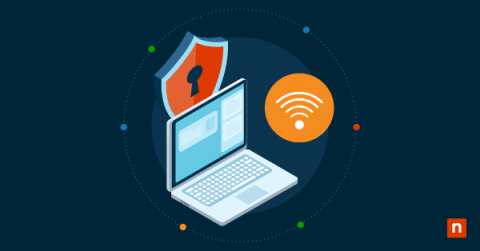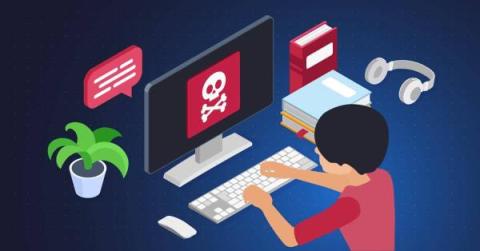Tech Headaches Begone: 7 Insider Tips for Effortless Business IT Solutions
In this digital age, having efficient business IT solutions is paramount to ensure seamless operations. However, navigating through the complex IT realm can be overwhelming. Fortunately, you can rise above the challenge through business IT solutions catering to your business's specific needs. This article lists seven insider tips to help you achieve effortless business IT solutions.











